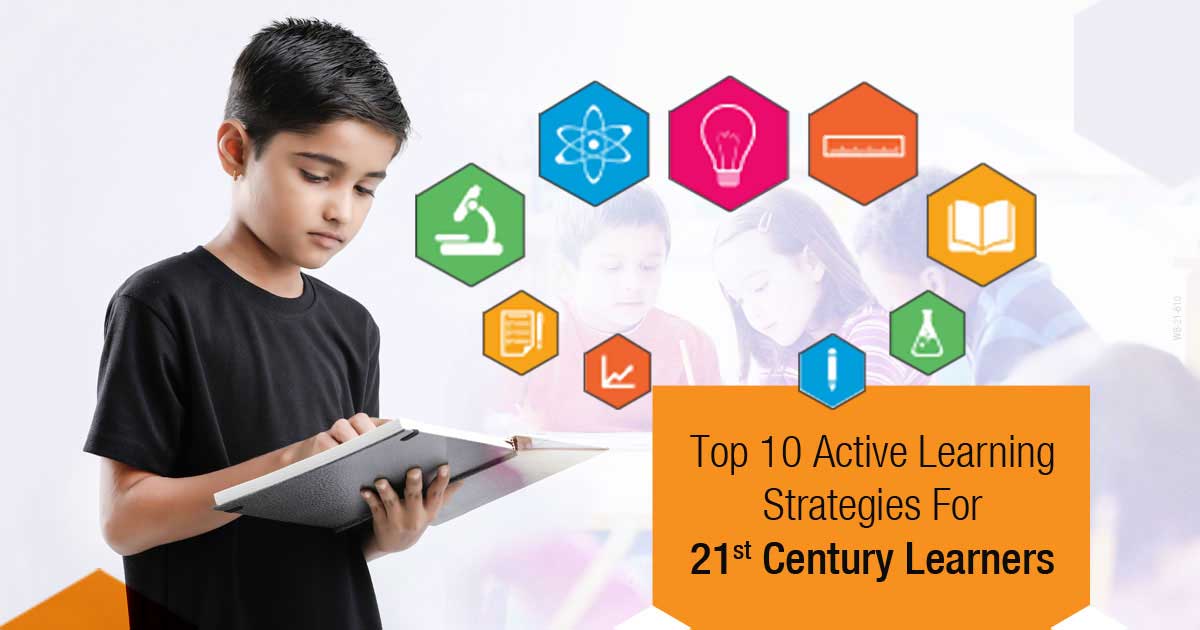
Active Learning Techniques to Achieve More with Ace

Active Learning Techniques to Achieve More with ACE
Ace, the acronym for "Active, Collaborative, and Engaged," isn't just a catchy phrase; it's a powerful approach to learning that emphasizes student participation and interaction. By embracing active learning techniques, students transition from passive recipients of information to active constructors of knowledge, leading to deeper understanding, improved retention, and enhanced critical thinking skills.
Why Active Learning Matters:
Traditionally, education relied heavily on passive learning methods like lectures and rote memorization. While these methods have their place, they often fail to engage students fully, leading to:
- Limited engagement: Students may become disengaged, bored, or even distracted.
- Superficial understanding: Information is absorbed but not necessarily understood or applied.
- Poor retention: Without active processing, information is quickly forgotten.
Active learning techniques address these shortcomings by fostering:
- Increased engagement: Students are actively involved in the learning process through discussions, activities, and problem-solving.
- Deeper understanding: Active participation promotes critical thinking, analysis, and application of knowledge.
- Enhanced retention: Active engagement strengthens memory and makes learning more meaningful.
ACE Techniques for Effective Learning:
Here are some proven active learning techniques that can transform the learning experience:
1. Collaborative Learning:
- Group Projects: Students work together on projects, sharing responsibilities, ideas, and resources. This fosters teamwork, communication, and problem-solving skills.
- Peer Teaching: Students explain concepts to each other, clarifying their understanding and reinforcing learning.
- Think-Pair-Share: Students individually ponder a question, then discuss it with a partner before sharing their thoughts with the class.
2. Interactive Activities:
- Case Studies: Students analyze real-life scenarios to apply their knowledge and develop critical thinking skills.
- Simulations and Role-Playing: Students engage in hands-on activities that mimic real-world situations, promoting deeper understanding and practical skills.
- Debates and Discussions: Students engage in critical discussions, presenting arguments, and developing their communication skills.
3. Inquiry-Based Learning:
- Problem-Based Learning: Students work in groups to solve complex problems, promoting research, collaboration, and creative problem-solving.
- Project-Based Learning: Students engage in long-term projects that require research, planning, and execution, developing essential skills and applying knowledge.
- Experiential Learning: Students learn through direct experience, like field trips, internships, or volunteer work, fostering real-world application of concepts.
4. Technology Integration:
- Online Forums and Discussion Boards: Students engage in online discussions, sharing ideas, and contributing to a collaborative learning environment.
- Interactive Whiteboards and Digital Tools: Students interact with multimedia content, enhancing their understanding and engagement.
- Virtual Reality and Augmented Reality: These immersive technologies offer realistic simulations that enhance learning and provide practical experience.
The Benefits of ACE:
Implementing ACE techniques brings numerous benefits:
- Increased student engagement and motivation: Active learning makes learning fun and relevant, leading to greater participation and a more positive learning environment.
- Deeper understanding and knowledge retention: Active processing and application of information lead to stronger understanding and longer-lasting memory.
- Improved critical thinking and problem-solving skills: Engaging in discussions, debates, and problem-solving exercises sharpens critical thinking skills.
- Enhanced communication and collaboration skills: Group work, peer teaching, and discussions foster communication and teamwork skills.
- Preparedness for the real world: Active learning methods mimic real-world scenarios, preparing students for future challenges.
ACE in Action:
ACE can be implemented across various educational settings, from classrooms to online learning platforms. Here are some examples:
- In a history class: Instead of lectures, students can participate in debates about historical events or create historical simulations.
- In a science class: Students can conduct experiments in groups, analyze data, and present their findings.
- In a language class: Students can engage in role-playing scenarios or create presentations using multimedia tools.
Challenges and Considerations:
While ACE techniques are highly effective, certain challenges may arise:
- Time management: Active learning activities may require more time than traditional methods.
- Teacher training: Teachers may need additional training to effectively implement active learning techniques.
- Student readiness: Students may need to adjust to a more active learning environment and be willing to participate.
Conclusion:
Ace is more than just a buzzword; it's a philosophy of learning that emphasizes active participation, collaboration, and engagement. By incorporating active learning techniques into educational practices, we can transform the learning experience, fostering deeper understanding, enhanced skills, and a more motivated and prepared student body. As we move towards a more dynamic and participatory future of education, embracing the ACE approach will become increasingly crucial for achieving learning success.

